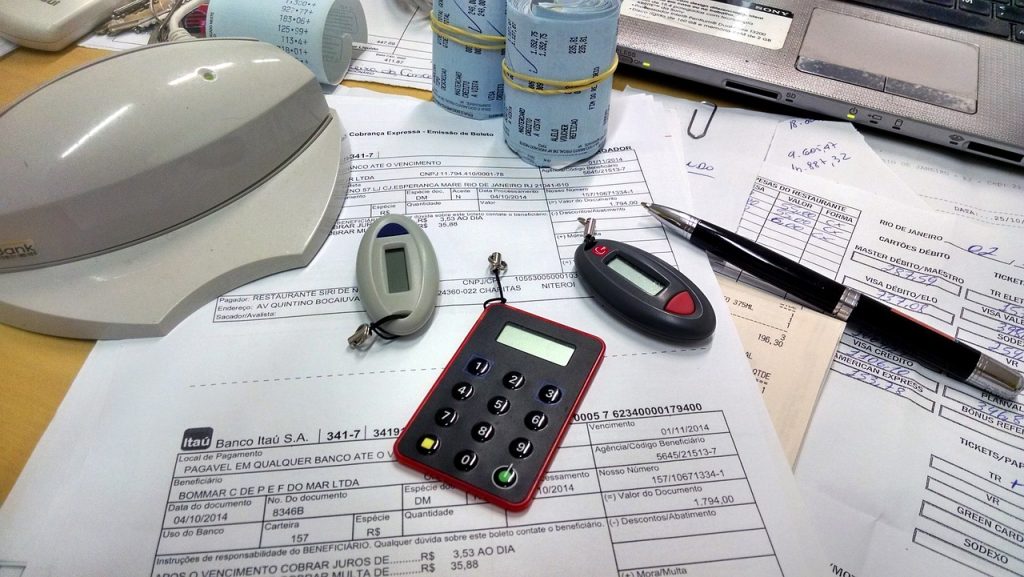
Leveling the Playing Field for Female Entrepreneurs
Small businesses power the United States economy, and one particular subset outperforms the rest: women. Women-led businesses are growing at a rate that’s outpacing the overall business growth rate in the country today.
According to a recent report by American Express, women-led businesses employed nearly 9 million people and generated an estimated $1.7 trillion in revenues, as of 2017. According to the U.S. Census, from 2007 to 2012 the number of women-owned businesses rose from 7.8 million to 9.9 million, or by 26.8%. In comparison, during that same time frame, the overall number of businesses rose by only 2%. That’s an impressive amount of both overall economic activity, power, and growth.
Given all that, though, there is still a problem for female business owners hoping to grow: women still have a disproportionately difficult time accessing business credit.
Women entrepreneurs and barriers to credit
There are many potential reasons for this, but several possibilities stand out. Gender bias, negative gender stereotypes, and a flawed financial system all pose potential friction, keeping women from getting access to the funds that could help them make an even bigger economic impact.
Particularly, the combination of the persistent gender wage gap and lenders’ reliance on personal credit scores to approve business funding may be holding some women back.
The wage gap is a well-documented hurdle for women, and it has shown little indication of going away. The Equal Pay Act may be over 50 years old, but women’s wages have still not caught up to men’s wages, and progress has been flat in the last few years. According to the National Women’s Law Center, white women who work full time still make less than their male peers. For women of color, the gap is wider.

The wage gap is a factor that hinders women from building wealth and keeping their credit use down, among other things. This becomes a problem from the perspective of traditional lenders since your amount of assets and percentage of credit utilization are key factors in determining your personal credit score. Women may be at a disadvantage when it comes to the traditional credit approval process since it’s harder for them to accumulate wealth. With lower wages, it’s also harder to keep one’s credit utilization below the recommended 30% in order to earn an excellent FICO score.
Your FICO score can make the difference between getting approved for the loan or credit line you need to grow your business or being denied. Many entrepreneurs, especially those who stretched their personal savings and credit to the limit in order to bootstrap their business and avoid debt, may find themselves at a disadvantage, shut out from traditional term business loans or SBA loans by a credit system that does not account for structural gender bias or all relevant indicators of business success.
How fintech is leveling the playing field
Things aren’t all grim for women business owners hoping to access business credit. Technology innovations have triggered some important shifts in what sort of financing solutions are available. A recent Fundbox report on the gender credit gap reviews the trends and indicates that advances in technology may finally lead us to the end of some of these persistent problems.
Innovations such as advances in artificial intelligence, machine learning, and cloud computing are combining to enable a new breed of financial services. This is good news for traditionally underserved groups, such as female entrepreneurs, who are seeking greater financial access.
Because of the explosive growth in the amount of computing power, there has been a massive parallel growth of business and financial data in the cloud. Financial institutions have theoretically had access to much of this data for decades, but lacked the ability to use it effectively. In the past, our data was too hard to collect and analyze, spread out among too many places, and not all digital.
Today, that’s all changed. Financial technology, or “fintech”, firms are creating machine learning models to analyze ever-greater amounts of business data, at a scale and rate that would be impossible for human underwriters to attempt. Given the new scale of analysis that is now possible, financial firms and lenders can create a risk profile of any given business that is dynamic and nuanced.
The result is that more businesses, including those in categories that have been underserved in the past (such as women-led, minority-led, small, young and startup businesses, and more) are able to get approved for financing, more quickly. For businesses that are young or small, of that don’t require large amounts of funding, a credit risk assessment process that includes more factors than just credit scores and time in business can be the key to getting the right amount of funds at the right time.
Technology won’t end gender bias, and credit scores aren’t going away any time soon. However, thoughtfully-designed technology and machine learning models can help reduce underwriting bias, while helping connect more entrepreneurs with the right funding. Greater nuance and faster decisions are good news, not just for women business owners, but for all entrepreneurs who might one day need access to credit.
This guest post was written by Irene Malatesta of Fundbox.

Irene is a business content strategist with Fundbox, where she works with entrepreneurs and mission-driven businesses to bring their stories to life. Fundbox is dedicated to helping small businesses grow by democratizing access to credit.




